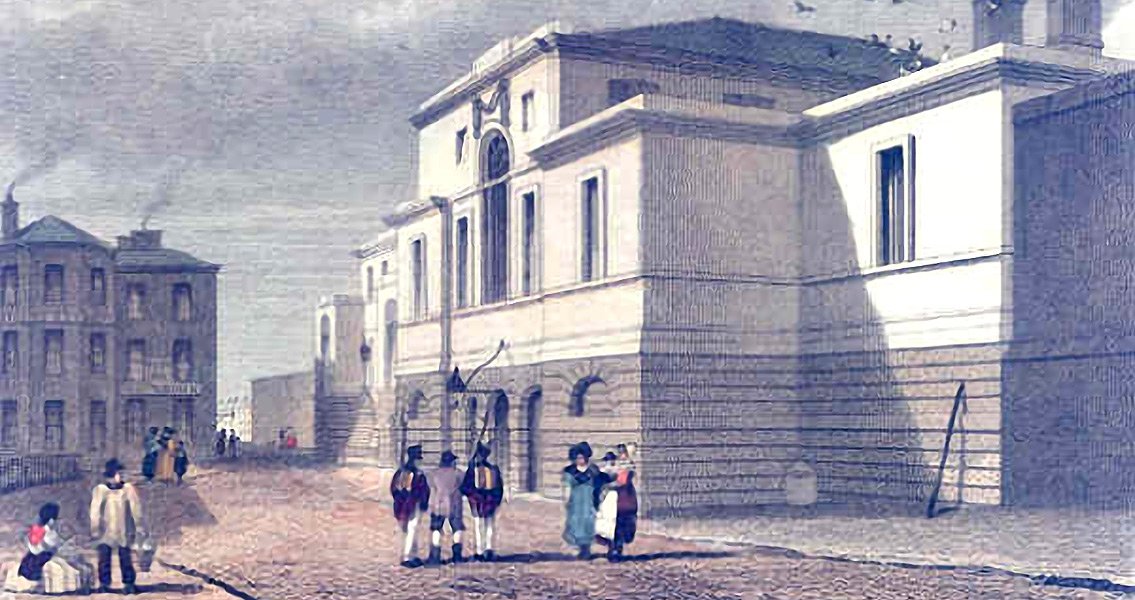<![CDATA[Archaeologists from Salford University have uncovered the outlines of a prison built towards the end of the eighteenth century, where the so-called Manchester Martyrs were hanged. Destroyed in 1871, to make room for sidings used by the Lancashire and Yorkshire Railway, the facility was replaced by HM Prison Manchester. New Bailey Prison was built between 1787 and 1790, and could accommodate as many as 1,000 inmates, both male and female, at a time. It was mostly used for incarcerating minor offenders, and is considered to be the first correctional facility in Britain built according to the principles stipulated in the Penitentiary Act of 1779. It provided inmates with individual cells, men and women were held separately, and labour was introduced as part of the prison regime. The reform was spearheaded by John Howard, high sheriff of Bedfordshire, whose work “The State of Prisons”, published in 1777, detailed the basics of what we now take for granted as standard prison conditions. The complex, which archaeologists working on the site since February have unearthed, includes separate inmate blocks for men and women, containing both wards and workshops, with a garden in the center. It also initially had a Gaoler’s Building and a Gatekeeper’s Lodge. In the early nineteenth century, the prison complex was expanded to include a house for the governor, a cook house, and a hospital. Two other structures were also erected, whose function is yet to be determined. Although New Bailey usually housed people convicted of minor crimes, it is famous for the hanging, on 23rd November 1867, of three Irishmen known as the Manchester Martyrs. The three were convicted of killing a police sergeant, Charles Brett, who was escorting two captured Fenian movement leaders when the Martyrs violently freed them. The two leaders, Thomas Kelly and Timothy Deasy, had been sent to England from the United States to organise the ranks of Fenian supporters after the failure of the organization’s uprising in January 1867. They were rescued by supporters while being brought to court. In the resulting chaos, Kelly and Deasy made it back to America, but a large section of the local Irish community were rounded up by the police along with the actual rescuers of the two Fenian activists, and brought in front of the court. As many as fifty men were accused of taking part in the events that led to the policeman’s death, of whom almost half were eventually released. Court proceedings started at the end of October against a total of 26 men, among them three by the names of Allen, Larkin, and O’Brien; the Manchester Martyrs. Although the person who organised the rescue operation for Kelly and Deasy, Edward O’Meagher Condon, was sentenced to death, the punishment was never carried out because he was an American citizen. Another of the five condemned men was released for lack of evidence about his involvement. Despite limited evidence against Allen, Larkin and O’Brien, and despite a campaign for clemency against them, they were publicly executed outside The New Bailey and buried on its grounds, boosting support for the Irish movement and immediately earning the three men martyrdom status. Image courtesy of Wikimedia commons user: lancashire Illustrated]]>
18th Century Prison Unearthed in Manchester
